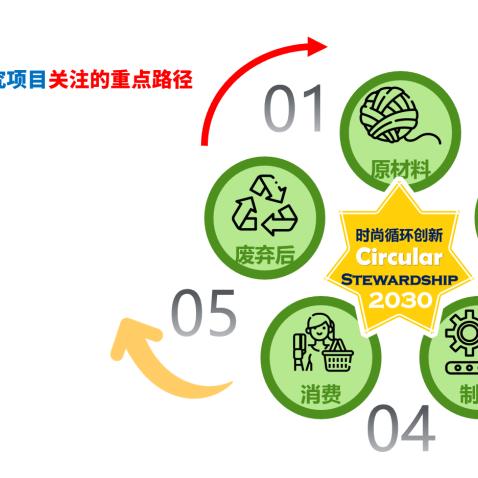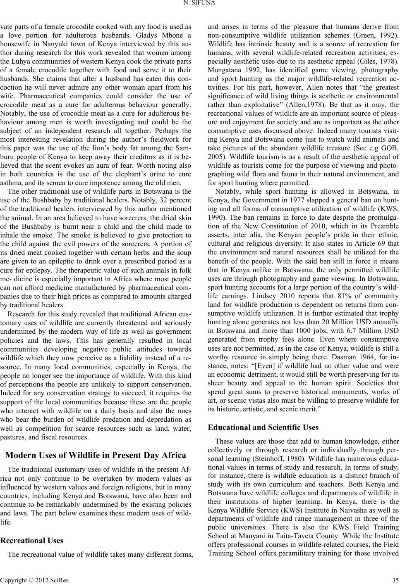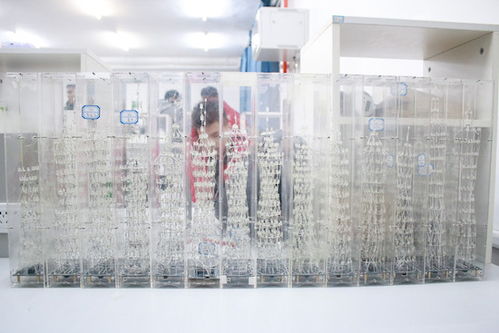The Role of Third-Party Testing in Textile Industry:An Analysis
: The Role of Third-Party Testing in the Textile Industry: An Analysis,The third-party testing industry plays a crucial role in the textile industry by providing accurate and reliable data for product quality assessments. This industry's contribution is evident through the use of specialized equipment and methods that help manufacturers identify and address potential issues with their products. By conducting tests on raw materials, fabrics, and finished goods, these third-party testing services can help ensure that textile products meet international standards and consumer expectations. Additionally, these tests provide valuable insights into the performance and durability of different materials and fabrics, which can be used to optimize production processes and improve product quality. Overall, the role of third-party testing in the textile industry is essential for ensuring the safety and reliability of consumer products.
Introduction: The textile industry is one of the most crucial sectors globally, contributing to economic growth and job creation. However, with increased competition and regulatory requirements, the importance of third-party testing in ensuring product quality and consumer safety cannot be overstated. In this article, we will delve into the significance of third-party testing in the textile industry, its benefits, challenges, and a case study to illustrate its practical application.

Benefits of Third-Party Testing:
-
Ensuring Product Quality: Third-party testing helps verify the quality of textile products by conducting rigorous tests on various parameters such as colorfastness, durability, and environmental impact. This ensures that consumers receive high-quality products that meet their expectations and standards.
-
Reducing Risks: By conducting independent testing, companies can identify potential risks associated with their products before they reach the market. This helps them take corrective actions to minimize any adverse effects on consumers or the environment.
-
Improving Brand Reputation: Companies that engage in third-party testing often have a better reputation in the market due to their commitment to quality and transparency. This can lead to increased customer trust and loyalty.
-
Facilitating Regulatory Compliance: Many countries require textile products to undergo third-party testing before they can be sold in the market. Companies that comply with these regulations can avoid penalties and legal issues that may arise from non-compliance.
Challenges of Third-Party Testing:
-
Cost: Third-party testing can be expensive, particularly for small and medium-sized companies. It requires significant investment in equipment, personnel, and resources.
-
Time: Conducting third-party testing takes time, which can delay the release of new products or the start of production. This can impact the company's ability to meet market demands.
-
Data Privacy: Third-party testing often involves collecting and analyzing data related to the products being tested. This raises concerns about data privacy and protection.
-
Bias: There is always a risk of bias in third-party testing, especially when it comes to subjective measurements like colorfastness or durability. To mitigate this, companies must ensure that they are using unbiased testing methods and that the results are accurate and reliable.
Case Study: Let's take a look at the case of a popular clothing brand, "Clothes Make the Man." The company launched a new line of men's shirts that were designed to be more comfortable and breathable. To ensure that the products met the highest standards, the brand engaged a third-party testing laboratory to conduct independent testing on the fabrics and construction of the shirts.
The laboratory conducted several tests, including colorfastness, shrinkage, and durability. They also tested the shirts for harmful substances like lead and phthalates, which are commonly found in synthetic fabrics. The results were published in a report, which detailed the strengths and weaknesses of each shirt design.
The brand was impressed with the report and decided to use the information to improve their product line. They made changes to the fabric composition and construction of some of the shirts, resulting in a significant increase in customer satisfaction and repeat business.
Conclusion: Third-party testing plays a crucial role in ensuring the quality and safety of textile products. It helps companies stay compliant with regulatory requirements, build trust with customers, and differentiate themselves from competitors. While there are challenges to overcome, the benefits of third-party testing cannot be denied. As the textile industry continues to evolve, third-party testing will continue to be an essential tool for ensuring product excellence and consumer safety.

随着纺织行业的快速发展,纺织品的质量和安全性越来越受到人们的关注,第三方检验作为保障纺织品质量的重要手段,其重要性不言而喻,本文将围绕纺织品第三方检验进行深入探讨。
纺织品第三方检验的定义与重要性
纺织品第三方检验是指由独立的第三方机构对纺织品进行检验,以确保其符合相关标准和法规要求,其重要性在于为消费者提供公正、可靠、权威的检验结果,保障纺织品的质量和安全,第三方检验也是维护市场公平竞争的重要手段。
纺织品第三方检验的流程与标准
纺织品第三方检验的流程一般包括样品接收、检验准备、检验实施、结果出具等环节,其标准主要包括检测方法的选择、检测设备的精度和可靠性、检测人员的专业素质等。
第三方检验案例分析
某知名品牌纺织品第三方检验案例
该品牌在纺织品生产过程中,严格按照第三方检验标准进行质量控制,在第三方检验过程中,采用了先进的检测设备和技术,确保了检验结果的准确性和可靠性,该品牌还建立了完善的检验流程和质量控制体系,为消费者提供了优质的产品和服务。
纺织品质量问题的第三方检验案例
某地区出现了一些纺织品质量问题,引发了消费者的关注,经过第三方检验机构的调查和检测,发现存在一些不合格的纺织品,针对这一问题,相关部门迅速采取了措施,加强了对纺织品的监管和追溯,保障了消费者的权益。
纺织品第三方检验的实践与展望
实践方面,纺织品第三方检验机构在保障纺织品质量方面发挥了重要作用,在实践中,他们采用了多种检测方法和技术,确保了检验结果的准确性和可靠性,他们还加强了与政府部门的合作,为政府部门的监管和执法提供了有力支持。
展望未来,随着纺织行业的不断发展,纺织品第三方检验将会越来越受到重视,纺织品第三方检验机构将会更加注重技术创新和设备升级,提高检测效率和准确性,他们还将加强与政府部门的合作,为提高纺织品质量标准和监管水平做出更大的贡献。
纺织品第三方检验是保障纺织品质量的重要手段,通过第三方检验机构对纺织品进行公正、可靠、权威的检验,可以确保纺织品符合相关标准和法规要求,保障消费者的权益,第三方检验也是维护市场公平竞争的重要手段,纺织品第三方检验机构将会更加注重技术创新和设备升级,为提高纺织品质量标准和监管水平做出更大的贡献。
Articles related to the knowledge points of this article:
The Journey of端尚纺织品,从品牌理念到市场影响



